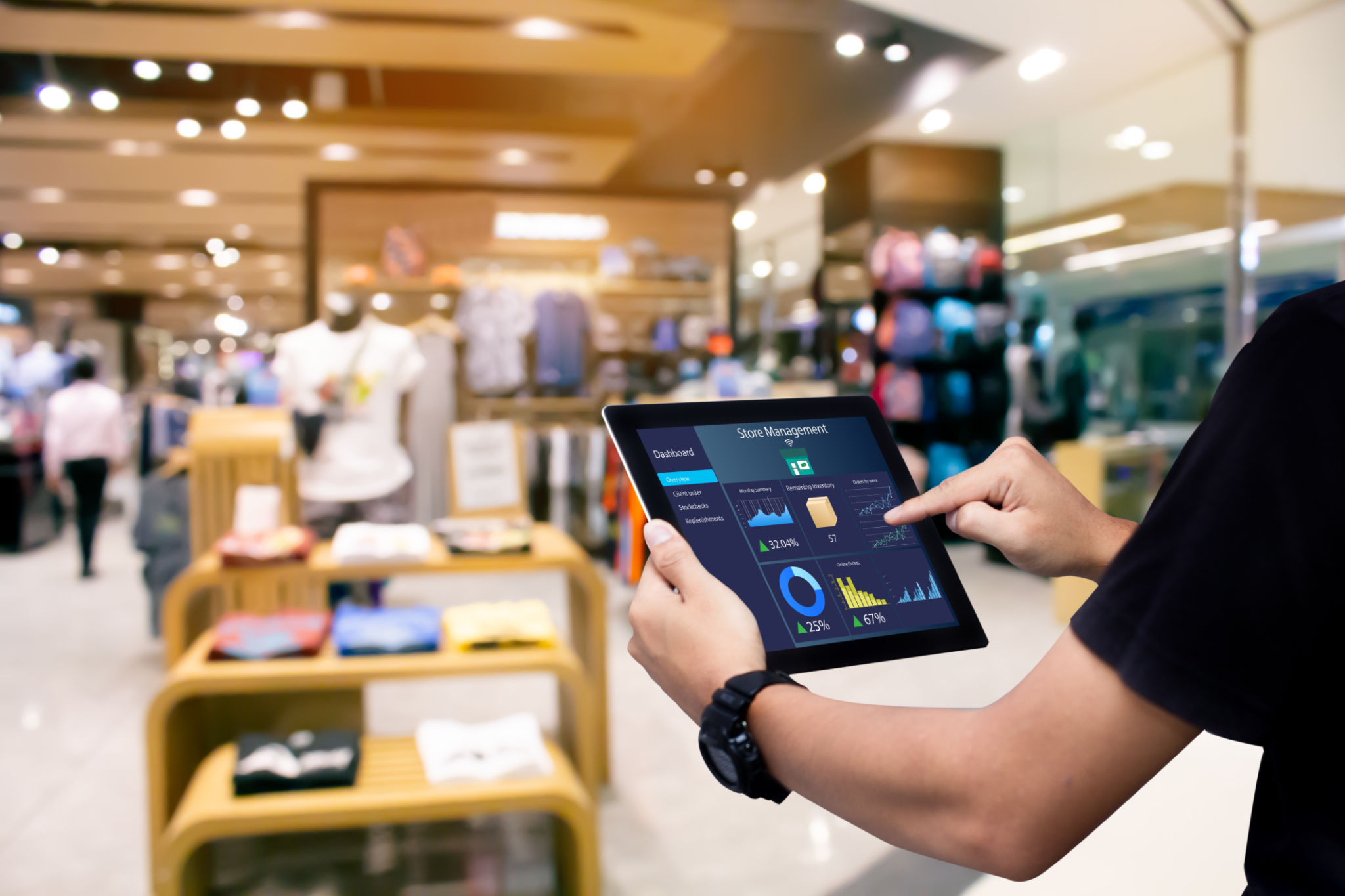Case Study: Successful Digital Transformation in Hong Kong's Retail Sector
Introduction to Digital Transformation
In recent years, digital transformation has become a pivotal strategy for businesses around the world, and Hong Kong's retail sector is no exception. As one of Asia's leading commercial hubs, Hong Kong's retailers have been quick to adopt new technologies to enhance customer experiences and streamline operations.
This case study explores how digital transformation has successfully reshaped the retail landscape in Hong Kong, focusing on key strategies and outcomes that have propelled local businesses to new heights.

Embracing E-commerce Platforms
One of the most significant changes in Hong Kong's retail sector has been the rapid adoption of e-commerce platforms. Retailers have leveraged these platforms to reach a wider audience beyond the traditional brick-and-mortar stores. This shift has not only increased sales but also provided valuable data insights into consumer behavior.
By integrating e-commerce with physical stores, retailers have created an omnichannel experience that allows customers to enjoy seamless shopping both online and offline. This strategy has proven particularly effective during the COVID-19 pandemic, where online shopping became a necessity rather than a choice.
Utilizing Data Analytics
Data analytics has played a crucial role in transforming the retail sector in Hong Kong. By collecting and analyzing customer data, retailers can personalize marketing efforts, optimize inventory management, and improve customer service. This data-driven approach enables businesses to make informed decisions that align with consumer needs and market trends.

Retailers are now employing advanced analytics tools to gain deeper insights into purchasing patterns, which helps in forecasting demand and tailoring product offerings. This level of personalization enhances customer satisfaction and loyalty.
Enhancing Customer Experience with Technology
Technology has been at the forefront of enhancing customer experiences in Hong Kong's retail sector. Retailers are using augmented reality (AR) and virtual reality (VR) to create immersive shopping environments that engage customers in unique ways. These technologies allow shoppers to visualize products in their own space before making a purchase.

Additionally, the adoption of contactless payment systems has streamlined transactions, making them quicker and more secure. By implementing these technologies, Hong Kong retailers have set a high standard for customer experience excellence.
Challenges and Solutions
While digital transformation offers numerous benefits, it also presents challenges. Retailers must invest in new technologies and train staff to effectively use these tools. Moreover, ensuring data security and privacy is paramount as businesses collect more customer information.
- Investing in cybersecurity measures to protect customer data
- Providing employee training to adapt to new technologies
- Maintaining a balance between digital and in-store experiences
By addressing these challenges, Hong Kong's retailers are not only surviving but thriving in a competitive market.
Conclusion: The Road Ahead
The digital transformation journey in Hong Kong's retail sector is far from over. As technology continues to evolve, retailers must stay agile and innovative to meet changing consumer expectations. The success stories emerging from this region serve as an inspiration for other markets looking to harness the power of digital transformation.
In conclusion, Hong Kong's retail sector demonstrates how embracing technology can lead to improved operational efficiency, enhanced customer experiences, and sustained growth. As more retailers embark on their digital transformation journey, the future of retail looks brighter than ever.

